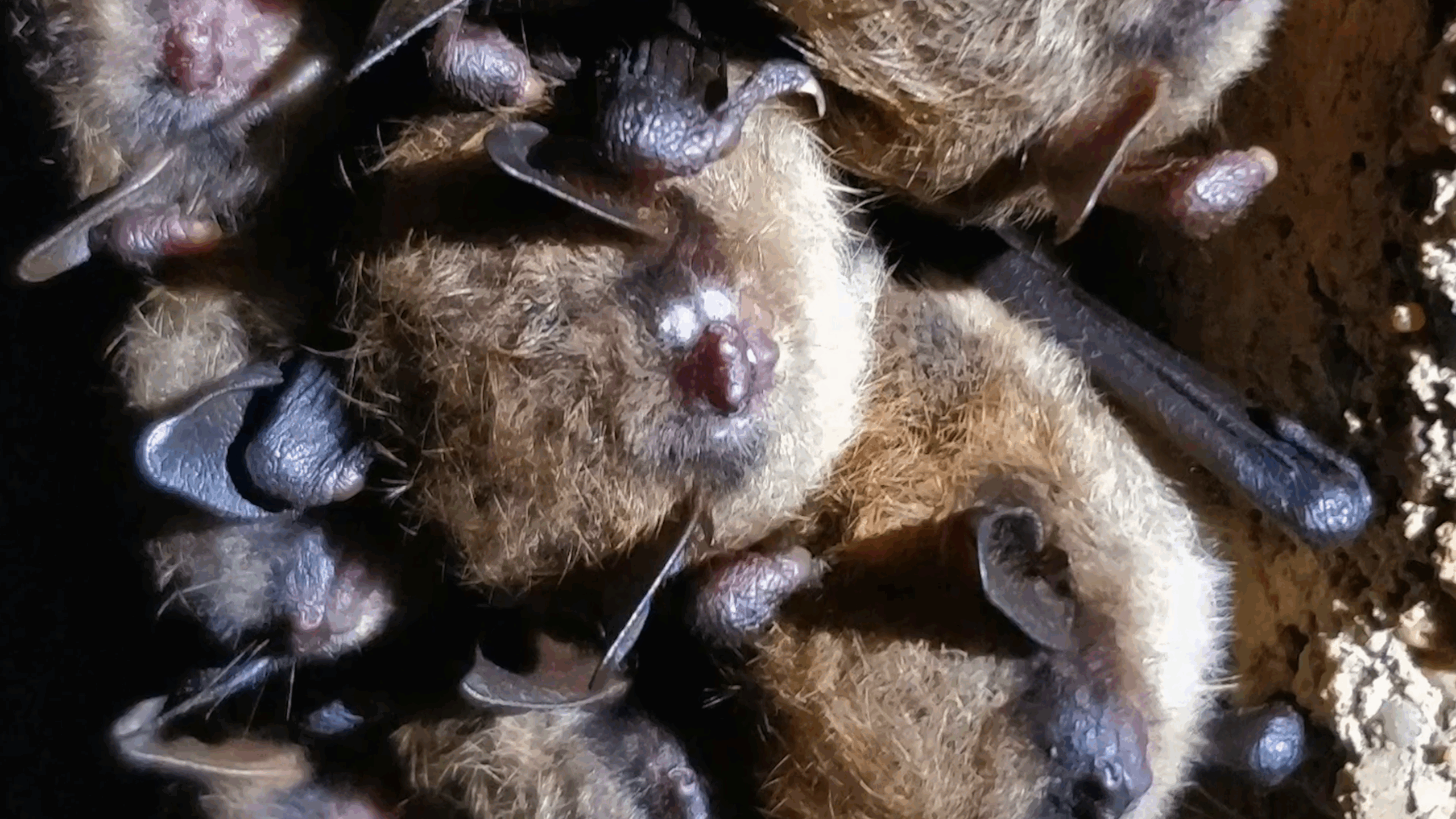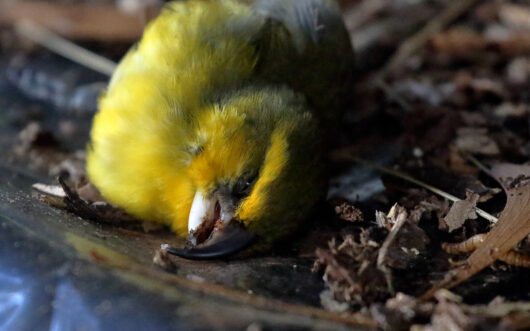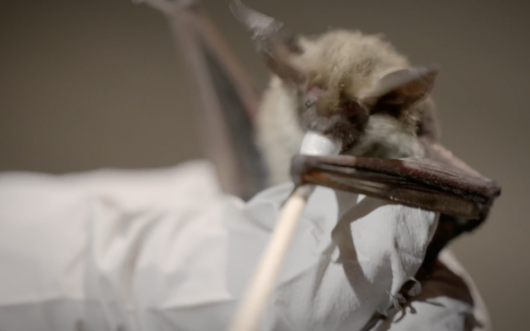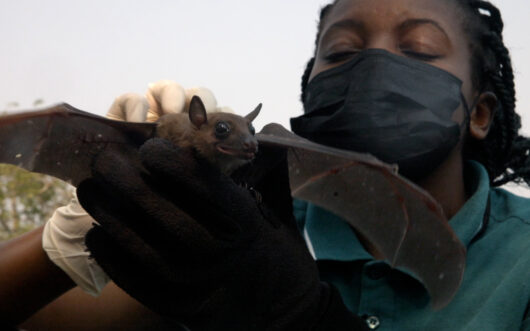White-nose syndrome (WNS) is a deadly fungal disease that has killed millions of bats across North America since it was introduced in the early 2000s. First observed in New York in 2006, it has since spread to at least 40 U.S. states and eight Canadian provinces. The disease is named for the visible white fungal growth that appears on the muzzles and wings of infected bats.
WNS has been especially devastating to hibernating bats because it is adapted to the cool environment of caves and spreads between bats when they group together during hibernation. Infected bats wake up more frequently and burn precious fat reserves, which can lead to starvation. At later stages of the infection, the fungal growth can also damage delicate wing tissue.
So far, twelve known bat species have been affected, with three of those declining by more than 90%. Researchers are actively testing several options to fight its spread and increase the chance of survival for the most vulnerable species. These include UV light to kill spores on cave walls without harming the bats, probiotic sprays that could help bats fight infection, and an oral vaccine.
To learn more about WNS and efforts to save North America’s most at-risk bat species from extinction, watch “Wild Hope: Bat Vax.”



